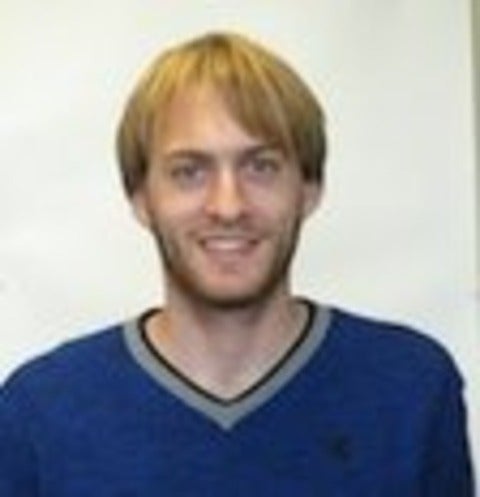Colloquium: Mukund Vengalattore
Measurement-induced localization of an ultracold lattice gas
Mukund Vengalattore, Cornell University
The act of observation has profound consequences on a quantum system. I will describe our experimental demonstration of a Heisenberg microscope based on nondestructive imaging of a lattice gas. We show that the act of imaging these atoms induces their localization - a manifestation of the quantum Zeno effect.

 Sean Walker of the Department of Chemistry will be defending his thesis:
Sean Walker of the Department of Chemistry will be defending his thesis: